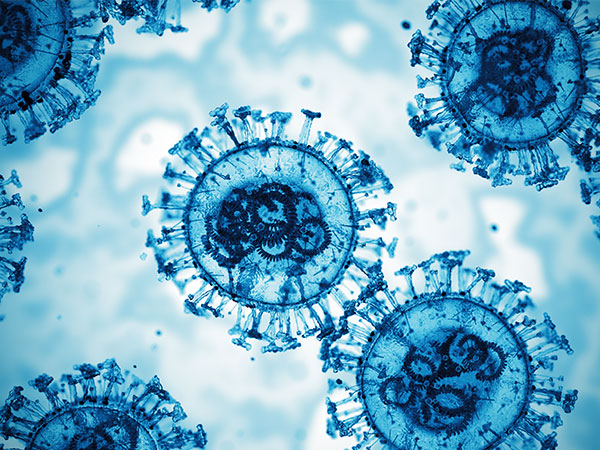Why the COVID-19 Incubation Period Changes and How That Can Affect Us

Terms like “quarantine” and “social distancing” have been a natural part of our lexicon since 2020.
But many of us are not standing six feet apart in public spaces anymore or quarantining after a COVID-19 exposure prior to testing. After all, these actions are no longer recommended for those who are vaccinated.1 The state of emergency for the COVID-19 pandemic may have expired,2 but it is still possible to contract the virus. As new variants have emerged and recommendations have evolved over time3, it's important to understand the incubation for COVID-19 in order to better protect yourself and others.
What is an incubation period?
An incubation period refers to the length of time between exposure to the virus and the development of symptoms.4 During the pandemic, information about the COVID-19 incubation period was used to inform public health protocol, patient follow-up, and contact tracing.5 Information about the incubation period also helped researchers understand what the relative infectiousness of the virus was and the potential impact of the outbreak.6
"Understanding COVID-19's incubation period and how it changes over time is important for effective disease control and prevention, for approach to diagnosis, and generally for public health,” says Florin Draica, MD, MBA, CMD, Pfizer’s U.S. HQ Medical Affairs Paxlovid Team Lead.
“Perhaps most consequentially, infected individuals who aren’t yet feeling sick can pass the virus to others during the incubation period, which can impact prevention and quarantine measures to prevent further spread,” Draica continues.
“Also, someone who thinks they were exposed may test too early when the viral load is low and have a false negative test. So, understanding the incubation period can help with timing of COVID tests to get reliable results,” he says.
Shortly after the virus emerged, a study of cases reported between January 4, 2020, and February 24, 2020, showed that more than 97% of people around Hubei province, China, who contracted the virus showed symptoms within 11 days of exposure to the COVID-19 virus.7
During the beginning of the pandemic, the Centers for Disease Control and Prevention (CDC) established a 14-day quarantine period for travelers from China to be confident that a person exposed to the virus was not infected and would not spread the virus to others.7 That 14-day quarantine period was extended to anyone with potential exposure as the virus spread in the United States.7
How has the incubation period changed?
As new COVID-19 variants emerged, however, the incubation period changed. Research shows that the incubation time decreased as the virus mutated. Compared with the original “wild type” COVID-19 virus, which had an average incubation period of 6.65 days, the incubation period for subsequent variants shortened. The Alpha variant's incubation period was 5.0 days. The Beta variant's was 4.50 days. The Delta variant's was 4.41 days. And Omicron's has been 3.42 days.8 Taken all together, the average incubation period of COVID between December 1, 2019, and February 10, 2022, was 6.57 days.8
Even though the incubation period is shorter, COVID-19 still has a longer incubation period than other respiratory infections. The incubation period for influenza can be as short as 1.43 days and it can be just 1.4 days for rhinovirus.8
Changing guidance for changing times
Tracking the ever-evolving nature of the virus also allowed global and federal health agencies to update recommendations for social distancing, quarantine, and self-isolation.
The Department of Health and Human Services (HSS) lifted the state of emergency for COVID-19 on May 11, 2023, noting that widespread vaccination programs helped mitigate the worst impacts of COVID-19 and allowed the nation to transition from the emergency phase.2
The CDC recommendations, which are updated to address current circumstances, include remaining up-to-date on vaccinations and following specific guidance for when to test and isolate, when and how long to wear a mask, and under what circumstances one should restart isolation. It is important to consult with a healthcare provider about any questions you have about symptoms, when to begin or end isolation, and options for prevention and treatment of COVID-19.1,8,9
And while vaccinations have improved our protection against severe illness, hospitalization, and death, it’s still possible to contract COVID-19.1
Using information about the incubation period to monitor for symptoms after a COVID-19 exposure and to consult with your doctor quickly about whether treatment is right for you may help to reduce the virus's impact on each of us.1,9
![]()







